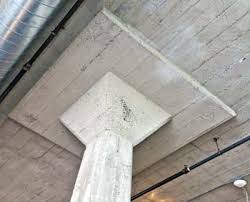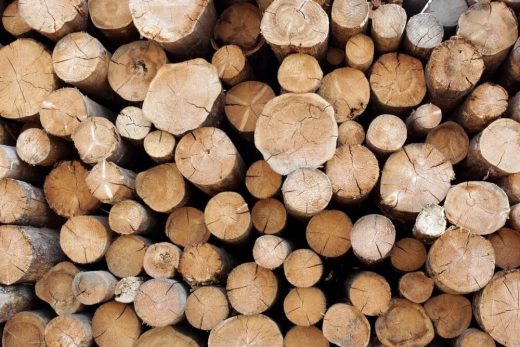What is Site Preparation?
The term “site preparation” describes the actions taken before an engineer begins their work. The site cleared in preparation for the new building is called the old or unfriendly site. Since the land and structures already there are suitable for the construction work that will soon begin there, site preparation is not required.
Before construction, the site must be prepared by demolishing old buildings, clearing building sites, mapping underground services and wires, doing a site survey and layout, and treating termites. To get a construction site ready, blasting, test drilling, landfilling, leveling, earth-moving, excavating, land drainage, and other types of land preparation. Construction Work on preparing the site is important for any project. Before the main building work begins, a construction site needs to be set up.
There may be a lot of obstacles on the construction site, such as old buildings or structures, big trees, sloping ground, loose soil, and underground services. It could cause problems when building. For construction projects to go smoothly, the site must be ready for the building before work can begin.
Read More


